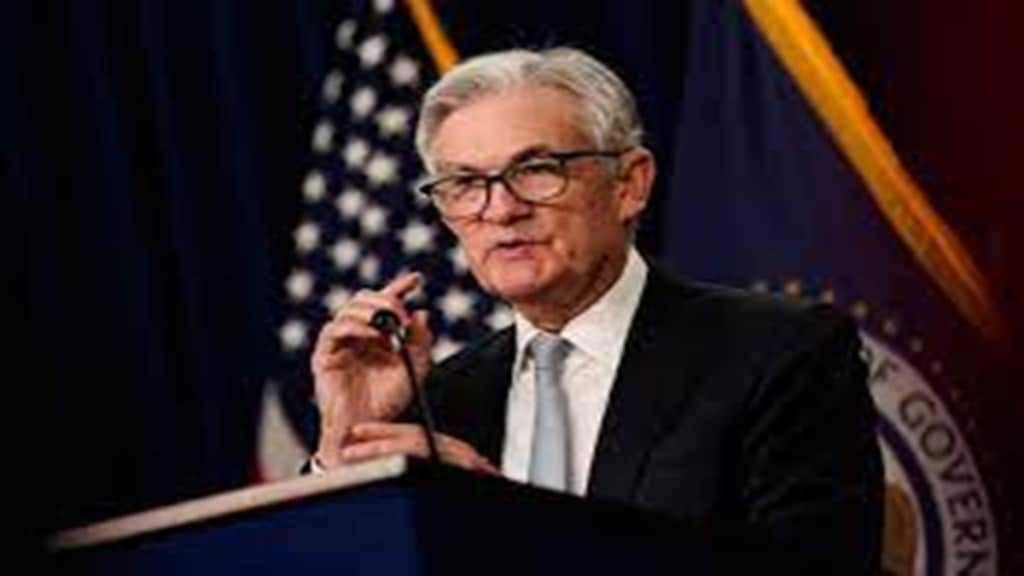Following a two-day decline, US markets recovered on Wednesday. The S&P 500 gained roughly 0.7%, the Dow Jones increased by 230 points, and the Nasdaq gained 1% as traders took in prepared statements from Fed Chair Powell’s speech to Congress and economic data. Chair Powell reaffirmed the Fed’s initial statement that it is not in a rush to lower rates and won’t do so until inflation has significantly increased to 2%.
Fed Chair Powell’s testimony before the House Financial Services Committee on the Federal Reserve’s Semi-Annual Monetary Policy Report was delivered today Wednesday, March 6, 2024.
Powell takes a cautious approach to monetary policy – “We believe that our policy rate is likely at its peak for this tightening cycle. If the economy evolves broadly as expected, it will likely be appropriate to begin dialing back policy restraint at some point this year. But the economic outlook is uncertain, and ongoing progress toward our 2 percent inflation objective is not assured.”
Powell informed Congress that the Federal Reserve remains squarely focused on its dual mandate to promote maximum employment and stable prices for the American people. He acknowledged that the economy has made considerable progress toward these objectives over the past year.
In his testimonial, Powell stated that while inflation remains above the Federal Open Market Committee’s (FOMC) objective of 2 percent, it has eased substantially, and the slowing in inflation has occurred without a significant increase in unemployment. As labor market tightness has eased and progress on inflation has continued, the risks to achieving employment and inflation goals have been moving into better balance.
Even so, the Committee remains highly attentive to inflation risks and is acutely aware that high inflation imposes significant hardship, especially on those least able to meet the higher costs of essentials, like food, housing, and transportation.
The FOMC is strongly committed to returning inflation to its 2 percent objective. Restoring price stability is essential to achieve a sustained period of strong labor market conditions that benefit all.
Inflation has eased notably over the past year but remains above the FOMC’s longer-run goal of 2 percent. Total personal consumption expenditures (PCE) prices rose 2.4 percent over the 12 months ending in January.
Excluding the volatile food and energy categories, core PCE prices rose 2.8 percent, a notable slowing from 2022 that was widespread across both goods and services prices. Longer-term inflation expectations appear to have remained well anchored, as reflected by a broad range of surveys of households, businesses, and forecasters, as well as measures from financial markets.
After significantly tightening the stance of monetary policy since early 2022, the FOMC has maintained the target range for the federal funds rate at 5-1/4 to 5-1/2 percent since its meeting last July.
Powell will be tomorrow at the Senate Banking Committee in his semi-annual legislative testimony. On March 20, the Federal Open Market Committee will announce its most recent policy decision and a review of economic projections.


